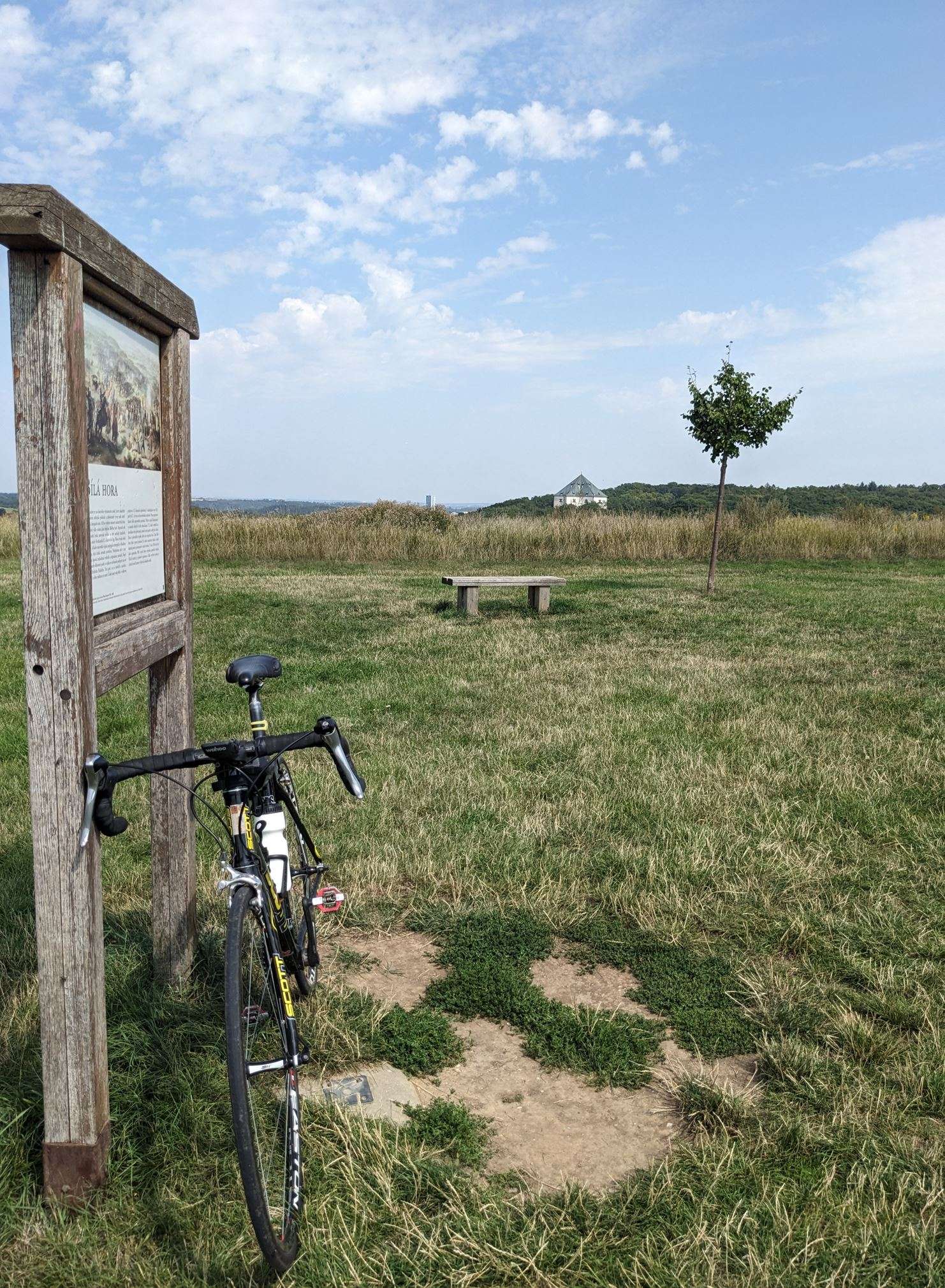White Mountain, Bílá Hora in Czech, near Prague, is hardly a mountain at 381 m above sea level, yet it still holds echoes of that pivotal moment in time, despite the centuries that have passed. The Battle of White Mountain, which took place on November 8, 1620, indeed had profound consequences, not only for the Czech lands but also for Europe as a whole. At its core, this battle marked the clash between the Catholic Habsburg monarchy, led by Emperor Ferdinand II, and the Protestant forces, including Bohemian nobility.
In the European context, this battle can be seen as a significant episode within the larger canvas of the Thirty Years’ War (1618-1648), one of the most devastating conflicts in European history. The Battle of White Mountain ignited the powder keg of religious and political tensions that had been simmering across the continent.
The outcome of White Mountain was a resounding victory for the Catholic Habsburgs. It marked the suppression of Protestantism in the Czech lands, as Catholicism was forcibly reestablished. This had a ripple effect, with the Habsburgs attempting to re-Catholicize other regions under their rule.
At the heart of the battlefield stands a memorial cairn on a small earth mound erected in 1920. Dedicated to all those who fell in this battle, it commemorates the battle and its significance – the defeat of the Bohemian Revolt, execution of its leaders, forced conversion to Catholicism or exile, growing influence of German-speaking elites – dubbed as 200 years of a Dark Age in Czech Bohemia. Its vantage point offers sweeping views of the surrounding countryside, offering a glimpse of the battlefield as it once was.
